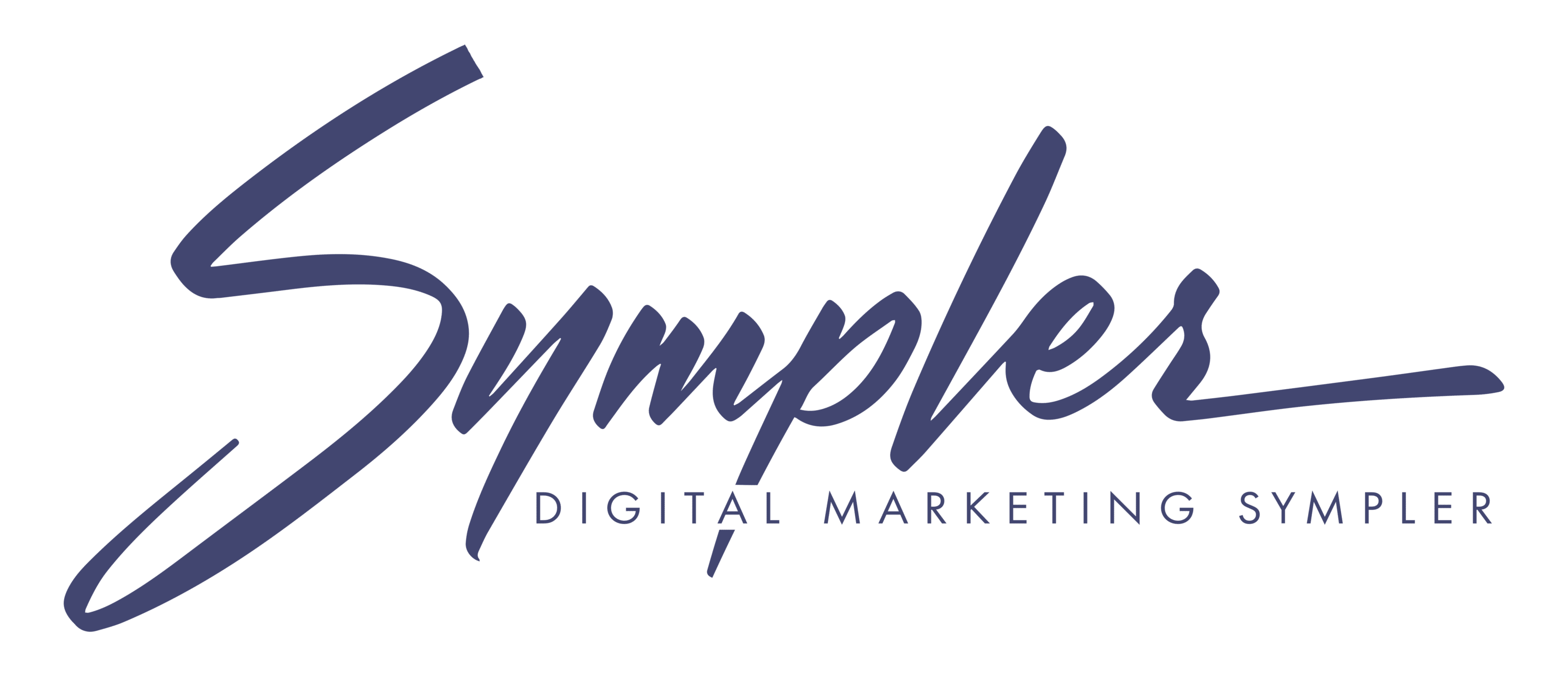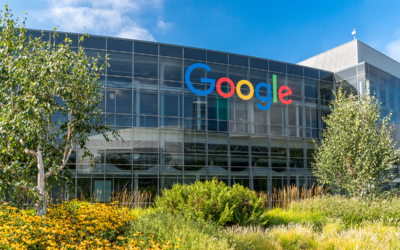Your Key to Understanding the Digital Marketing Terminology
 Understanding common digital marketing terms can help you follow along when having a conversation with a marketing firm trying to help you launch or expand your business. The more you know, the better prepared you are to make the best decision for you and your company. Keep this list handy for marketing, advertising, and design questions.
Understanding common digital marketing terms can help you follow along when having a conversation with a marketing firm trying to help you launch or expand your business. The more you know, the better prepared you are to make the best decision for you and your company. Keep this list handy for marketing, advertising, and design questions.
Backlink or Link. This is a hyperlink on the web that directs back to your website. Google considers backlinks from strong websites to be votes of trust and evidence of authority from your peers.
Bounce Rate. The percentage of visitors to a website who leave without clicking or interacting with any portion of the page, e.g., If 100 people visit a website and 50 of them immediately leave, the bounce rate is 50%. Lower is better, averages are between 40-60%.
Click-Through-Rate. This metric shows how often people click on an ad using the number of clicks divided by the number of impressions, or times it was seen. It is used when determining if the ad’s message matches the consumer search criteria to give a satisfactory result.
Cost-Per-Click (CPC). This is the amount of money spent on an ad in a pay-per-click campaign. The Google Adwords platform generates an estimated click cost per keyword that varies as advertisers bid for them in real time. Average CPC can range from less than $1 to upwards of $100 per click in high-cost industries such as legal, insurance, and fire and water damage restoration.
Digital Marketing. Specialized online advertising and marketing practices like web design, blogging, content, search engine optimization, pay-per-click advertising, and conversion rate optimization.
Directory. A website that lists other websites with similar themes in categories, so you can more easily find them. There are many, and well-known examples are Yelp and Angie’s List.
Duplicate Content. Portions of text that are found in two or more websites causing ranking issues for one or all of the websites. Google can’t determine who has authority over the material.
Rel Canonical. HTML code used to link content from an original author or “canonical” page to another page using the material as a reference. This prevents confusion from Google and maintains search engine rankings.
Google Analytics. A free software platform created by Google which is used to analyze and compare historical data, website traffic, user metrics, sales conversions, and the success of each channel of marketing.
Google Adwords. Google’s online advertising service which allows advertisers to reach customers through their search and display networks. Costs vary by bidding strategy and company goals. Advertisers bid on keywords to have their ads shown in Google search results and Google’s partner websites.
Google Partner Agency. A business that is certified by Google for having an Adwords qualified employee, meeting performance, and financial criteria through ad revenue and business development while sustaining and growing their customer base.
Google Algorithm. A mathematical program that controls which results page websites will appear on each time they are queried. It is constantly updated (about 500-600 times a year or two times per day) and continually adjusts the rankings of websites across the world. The details of the algorithm are kept private to prevent manipulation of the system for rankings. Google publicly suggests “best practices” for higher ranking in search results.
Heatmapping. Using software to create a graph to show how users interact with your site. It tracks how and where the users click, scroll, and hover over information. Heatmaps are used to collect information on user behavior to help the website designing and optimizing process.
Inbound Marketing. This refers to the activities and strategies that attract visitors to a website. It also refers to search engine optimization (SEO) which develops a good web presence as SEO uses education and trust around services, product and/or brand awareness.
Keyword. A word or phrase that describes the theme in a piece of content. The keyword is typed into a search engine to give the best results related to the keyword. A goal of search engine optimization (SEO) is to have your website show in searches for as many keywords as possible.
Landing Page. The webpage location a user arrives at after clicking an ad, image, visible URL, or button link. Landing pages are designed with the purpose of lead generation or directing the flow of traffic throughout a site.
Map Pack. A section of Google search results pages featuring three businesses listed in a local map section. It shows up for localized queries, a general business type, or a “near me” search.
Meta Tags. HTML code added to a webpage to give web bots and search engines additional related information. This metadata tells search engines how to display the most important material about a website in search results such as when the page was published, the title and author, and any image descriptions.
Meta Description. A meta tag that gives a description in 160 characters. They are important since they appear in Google searches and other search engine results.
Organic. A source of traffic to a website that comes through clicking on an organic link rather than a paid search engine result. Search Engine Optimization (SEO) campaigns use organic traffic to grow site ranking using more effective keyword usage in search engines.
Pay-Per-Click (PPC) Advertising. An online advertising model in which advertisers are charged for their ad once it is clicked. It is commonly associated with social platforms like Facebook Ads and search engines like Google Adwords.
Responsive Web Design. Creating a website to automatically reorganize or adjust information and layout to fit correctly on both large and small screens.
Schema Markup. Code referred to as rich snippets or structured data that is added to the HTML of a website to allow search engines to understand the relevancy of a specific person, place, object, or business.
Search Engine. A program that searches an index of information and returns results to the user based on corresponding keywords. The most popular search engines are Google, Yahoo!, YouTube, and Bing.
Search Engine Marketing (SEM). Mostly used to describe paid forms of digital marketing using a search engine, i.e. pay-per-click (PPC)
Search Engine Optimization (SEO). The process of improving website rank and performance in organic search engine results using content production or improvement, upgrading technology and coding, and reputable link acquisition.
Search Engine Results Page (SERP). The page that lists search results when the searcher submits a keyword or phrase query.
Sessions. A Google Analytics metric that determines how one user interacts with a website during a specific time period, usually 30 minutes. It is calculated by the amount of time a visitor views any page or related set of pages on a website domain in one visit.
Sitelink. Used as an ad extension in Google Adwords and appears below the main ad copy. It links to a specific page on the website including Contact and About pages. Each ad can have 2-6 site links.
Unique Visitors. A metric used in web analytics to show how many different, unique people view a website over a period of time by tracking their IP address. If a visitor visits the same website multiple times, they will only be counted once.
User Interface (UI) Design. The area and display a user interacts with a digital device. Good UI design should flow smoothly and be easy to understand.
User Experience (UX). This refers to how a user interacts with a website or app. UX design tests where users click, and on which pages they visit by using different design layouts, calls to action (CTA), content, and more to improve conversion rates and increase activity and repeat users.
This is by no means a full list of terms. Do you have a digital marketing industry term you feel should be on this list? Please Let us know.
Source:
https://www.geekpoweredstudios.com/digital-marketing-glossary/
Photo Credit: Pixabay.com



